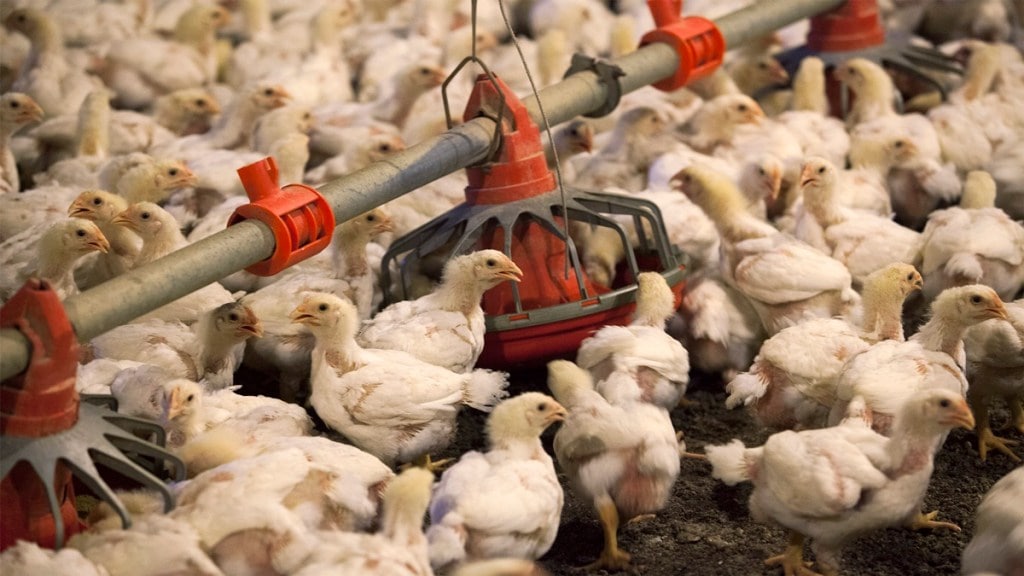As the United States continue to grapple with bird flu outbreak, the country has now reported the first outbreak of the deadly H7N9 strain. Reportedly, this is the first outbreak of H7N9 since 2017.
The ongoing bird flu outbreak has caused egg prices to hit record highs. The spread of avian influenza, commonly called bird flu, has ravaged flocks around the world, disrupting supply and fuelling higher food prices. Its spread to mammals, including dairy cows in the United States, has raised concerns among governments about a risk of a new pandemic.
The strain that has caused most damage to poultry in recent years and the death of one person in the U.S. is the H5N1. But the H7N9 bird flu virus has proved to have a far higher death rate, killing nearly 40% of the humans infected since it was first detected in 2013, the World Health Organisation said.
The latest outbreak of H7N9 was detected on a farm of 47,654 commercial broiler breeder chickens in Noxubee, Mississippi, the Paris-based World Animal Health Organisation said in a report on Monday, citing U.S. Authorities.
“Highly pathogenic avian influenza (HPAI) H7N9 of North American wild bird lineage was detected in a commercial broiler breeder chicken flock in Mississippi. Depopulation of the affected flock is in progress,” the report says.
“The USDA (Animal and Plant Health Inspection Service (APHIS), in conjunction with State Animal Health and Wildlife Officials, are conducting a comprehensive epidemiological investigation and enhanced surveillance in response to the detection,” it added.
What is H7N9 bird flu?
Avian influenza A(H7N9) is a subtype of influenza viruses that have been detected in birds in the past, the World Health Organization (WHO) says. The UN health agency maintains that this strain had not previously been seen in either animals or people until it was found in March 2013 in China.
Since 2013, multiple cases of this strain has been reported in both humans and birds. The strain and the infection caused by it is concerning as most patients have become severely ill.
“This virus does not appear to transmit easily from person to person, and sustained human-to-human transmission has not been reported,” WHO says.
What are the symptoms of H7N9 bird flu?
The first sign of human infection with H7N9 is a high fever and a cough. According to Medical News Today, during the early stage, most people have shown the following symptoms:
- fever
- cough that produces sputum
- breathing problems and wheezing
- headache
- myalgia, or muscle pain
- general malaise
These symptoms are common to other kinds of flu. Symptoms in the later stages include:
- pneumonia in both lungs
- rapid progression to acute respiratory distress syndrome (ARDS)
- multi-organ dysfunction, including impaired liver or kidney function
- septic shock which is a blood infection
- rhabdomyolysis, or muscle breakdown
- encephalopathy, a brain disease
How H7N9 bird flu is treated?
Existing antiviral drugs used against the common seasonal flu virus are given to people infected with the H7N9 avian flu, Medical News Today reported. There is no publicly available vaccine for H7N9.
How to prevent H7N9 bird flu infection?
You can take following steps to prevent H7N9 bird flu infection:
- The CDC advise people not to touch birds, whether alive or dead.
- Meat and poultry should be fully cooked, and not pink, and eggs should be hard boiled.
- Hand hygiene is important.
- If a traveler feels ill on returning home, they should see their doctor

